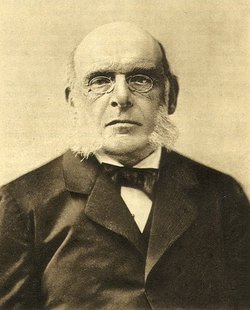Photogravure
|
|
Photogravure is a type of intaglio printing process used for reproducing monochromatic (black and white) images.
In the late 19th century and early 20th century photograuvure was frequently used for reproducing a photograph in a book or magazine.
Though it is no longer widely used, its primary use today is for reproducing fine art photographs. It is called photogravure because it involves a photographic engraving process.
Photogravure Process
This is a generalized description of the photogravure process. Techniques and materials vary greatly.
Engraving A transparent negative is taken of the original. The negative is placed on top of a photo-sensitive gelatin, and is exposed to light. The light travels through the negative and the gelatin hardens in proportion to how much light it is exposed to. The negative is removed and a cold wash washes away the soft gelatin, forming a resist. The resist is then adhered to a copperplate and goes through an acid bath. The acid dissolves the areas on the copperplate where the gelatin was unexposed. Thus the image gets etched onto the copperplate by the acid, creating a gravure plate.
Printing Ink is applied to the surface of the plate. The plate the gets wiped with a thin doctor blade, removing excess ink and leaving ink only in the recesses. Dampened paper is then pressed on the plate, and the ink transfers from the recesses to the paper, creating a printed image.

